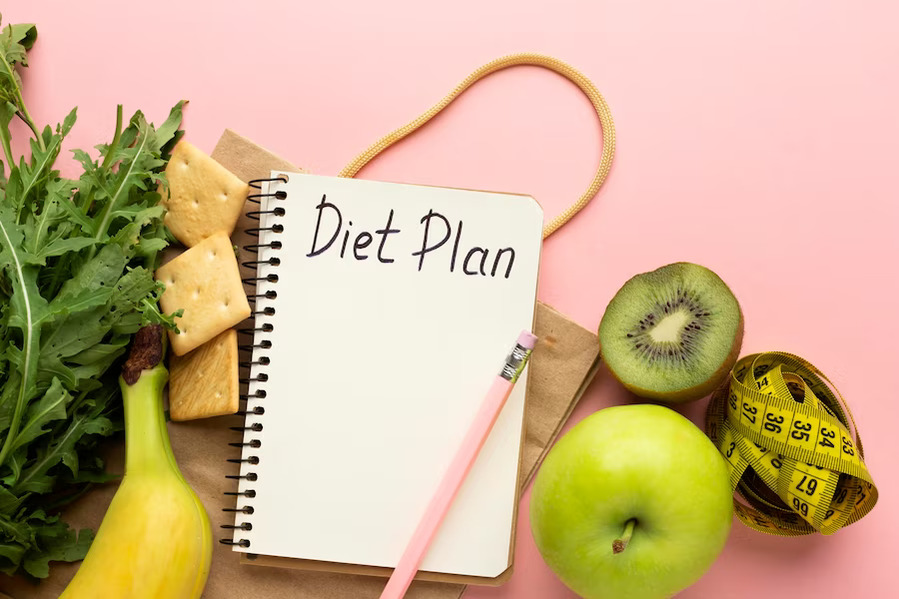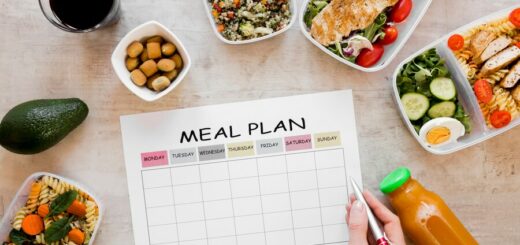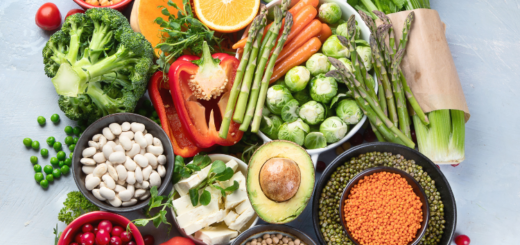How to Set Up a Simple, Healthy Diet Plan for Weight Loss

In a world saturated with conflicting dietary advice, complex meal plans, and overwhelming weight loss strategies, it’s easy to feel lost and discouraged when achieving sustainable weight loss. However, amidst the noise, there exists a simpler and more effective approach that prioritizes balance, nutrition, and long-term success. By setting up a simple, healthy diet plan for weight loss, we can unlock the power to transform our bodies and minds, fostering a harmonious relationship with food and achieving our weight loss goals in a way that nourishes our overall well-being.
This blog delves into the key steps required to construct a practical and healthy diet plan for weight loss. From assessing our current eating habits to incorporating nutrient-dense foods, practicing mindful eating, and implementing strategic meal planning, each aspect will contribute to a holistic and sustainable approach to weight management.
-
Assess Your Current Eating Habits
1. Reflect on Your Dietary Patterns:
Examine your current eating habits and identify any areas that may contribute to weight gain or hinder your progress. Are there specific types of food you tend to overconsume? Do you frequently rely on processed or high-calorie foods? This self-awareness will lay the foundation for positive change.
2. Determine Your Caloric Needs:
Consult a healthcare professional or utilize online calculators to estimate your daily caloric needs based on age, gender, weight, and activity level. Understanding your caloric requirements will help you create an appropriate calorie deficit for weight loss without compromising your overall health.
-
Emphasize Nutrient-Dense Foods:
1. Fill Your Plate with Vegetables and Fruits:
Vegetables and fruits are packed with essential vitamins, minerals, and dietary fiber while being low in calories. Aim to include a variety of colorful options in your meals to ensure a wide range of nutrients. They will provide satiety, support digestion, and contribute to overall well-being.
2. Choose Lean Protein Sources:
Protein is a crucial component of an easy diet plan for weight loss as it helps preserve lean muscle mass, promotes satiety, and aids in recovery. Opt for lean sources such as skinless poultry, fish, legumes, tofu, and Greek yogurt. These protein-rich foods will keep you feeling full and energized throughout the day.
3. Incorporate Whole Grains:
Swap refined grains for whole grains like quinoa, brown rice, whole wheat bread, and oats. Whole grains are higher in fiber and essential nutrients, contributing to better digestion, increased satiety, and improved blood sugar control.
-
Mindful Eating and Portion Control:
1. Slow Down and Savor Each Bite:
Practice mindful eating by slowing down, chewing thoroughly, and savoring the flavors and textures of your food. This approach enhances awareness of hunger and fullness cues, preventing overeating and promoting a healthier relationship with food.
2. Practice Portion Control:
While focusing on the quality of food is important, portion control is equally vital. Use smaller plates and bowls to visually trick your mind into feeling satisfied with smaller servings. Be mindful of serving sizes and listen to your body’s cues to avoid unnecessary calorie consumption.
-
Plan and Prepare Meals in Advance:
1. Create a Weekly Meal Plan:
Design a weekly easy diet plan for weight loss that includes a variety of nutritious meals and snacks. Plan your grocery shopping accordingly to ensure you have all the ingredients. A well-thought-out meal plan will reduce the temptation to make impulsive, unhealthy food choices.
2. Preparing Meals in Advance:
Along with weight loss exercises at home, consider meal prepping to save time and ensure healthier choices throughout the week. Prepare larger batches of meals and portion them into individual containers, making it easier to grab a nutritious option when time is limited.
Final Thoughts:
Embarking on a weight loss journey doesn’t have to be complicated or overwhelming. Setting up a simple, healthy diet plan will pave the way for sustainable progress and long-term success. Assessing our current eating habits, emphasizing nutrient-dense foods, practicing mindful eating, and planning meals are all key steps toward achieving our weight loss goals.
Remember, the key to a successful diet plan lies in balance, variety, and moderation. Nourish your body with wholesome, nutrient-rich foods while being mindful of portion sizes and performing weight loss exercises at home. By adopting these principles, we can transform our relationship with food, promote weight loss, and embark on a journey toward a healthier, happier version of ourselves. So, take charge of your nutrition, embrace simplicity, and pave the path to a sustainable and fulfilling weight loss experience.



